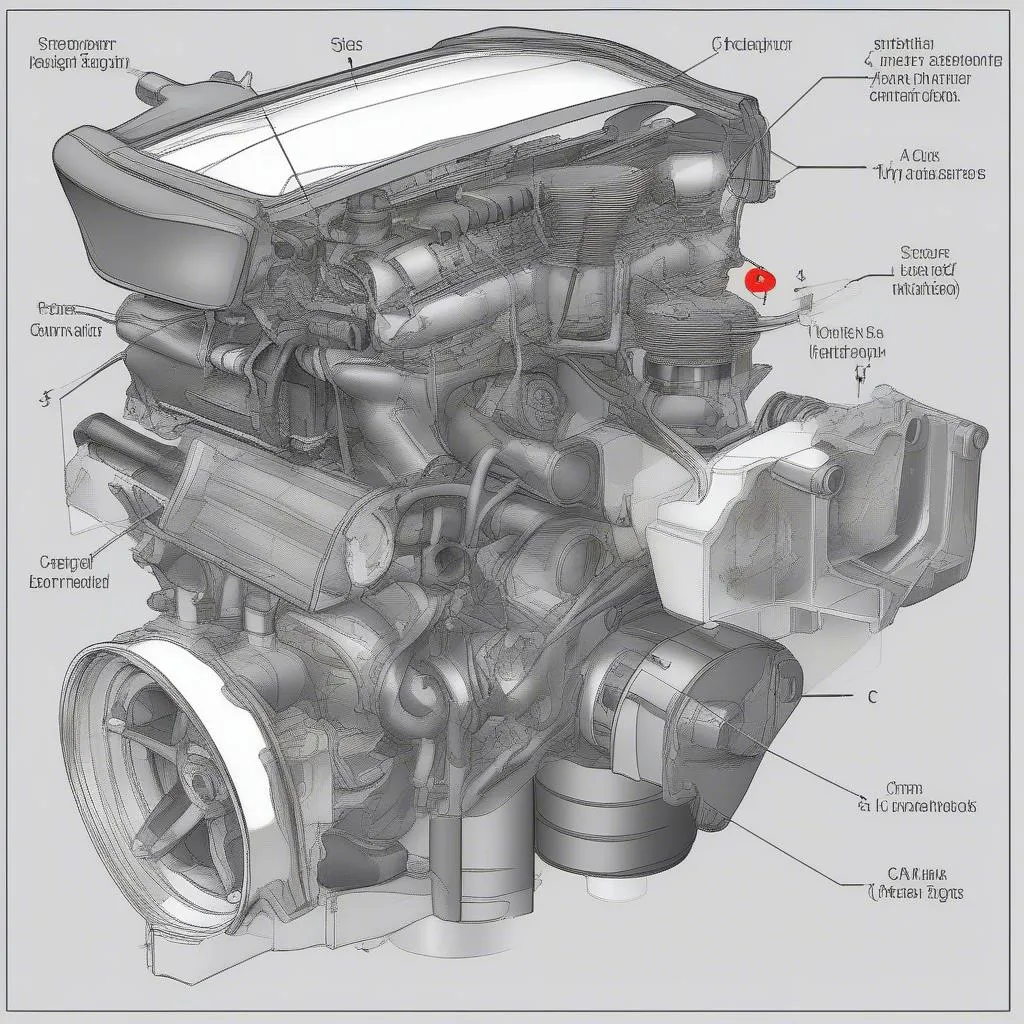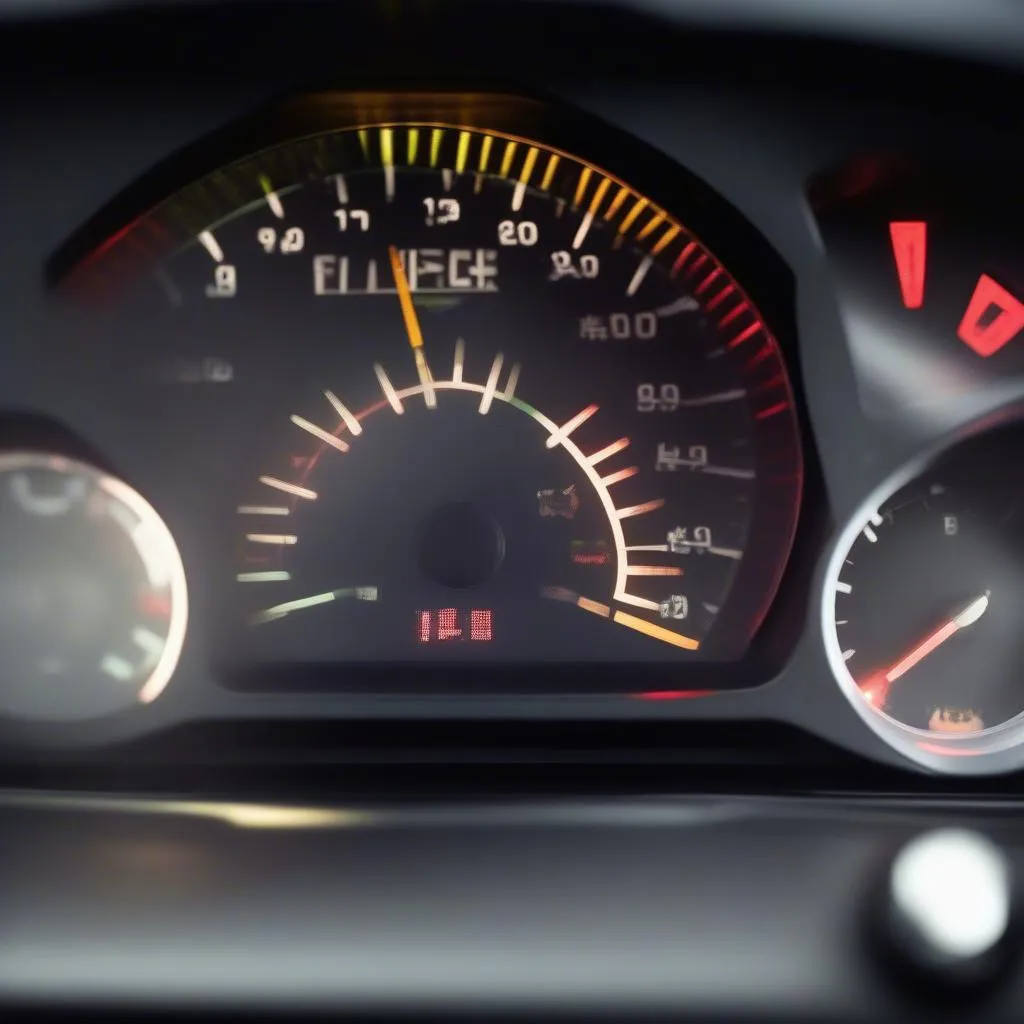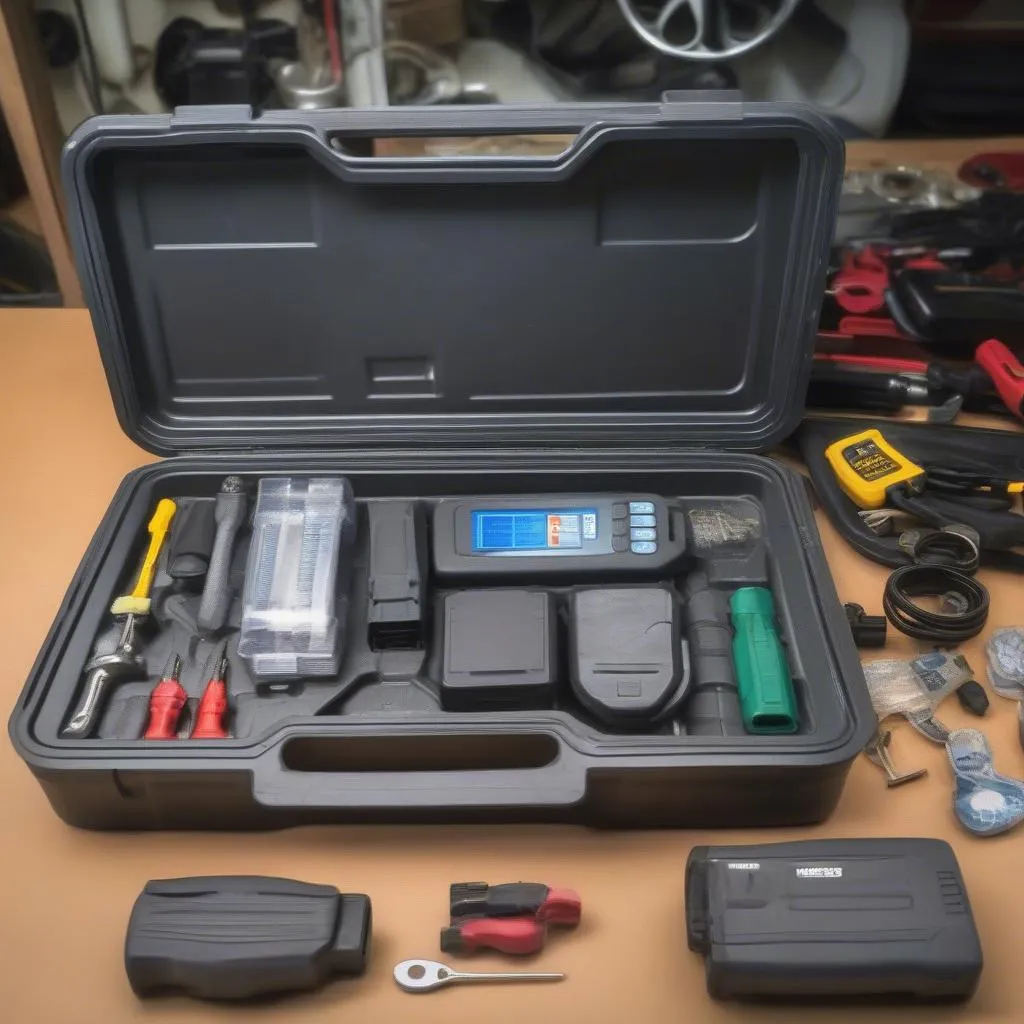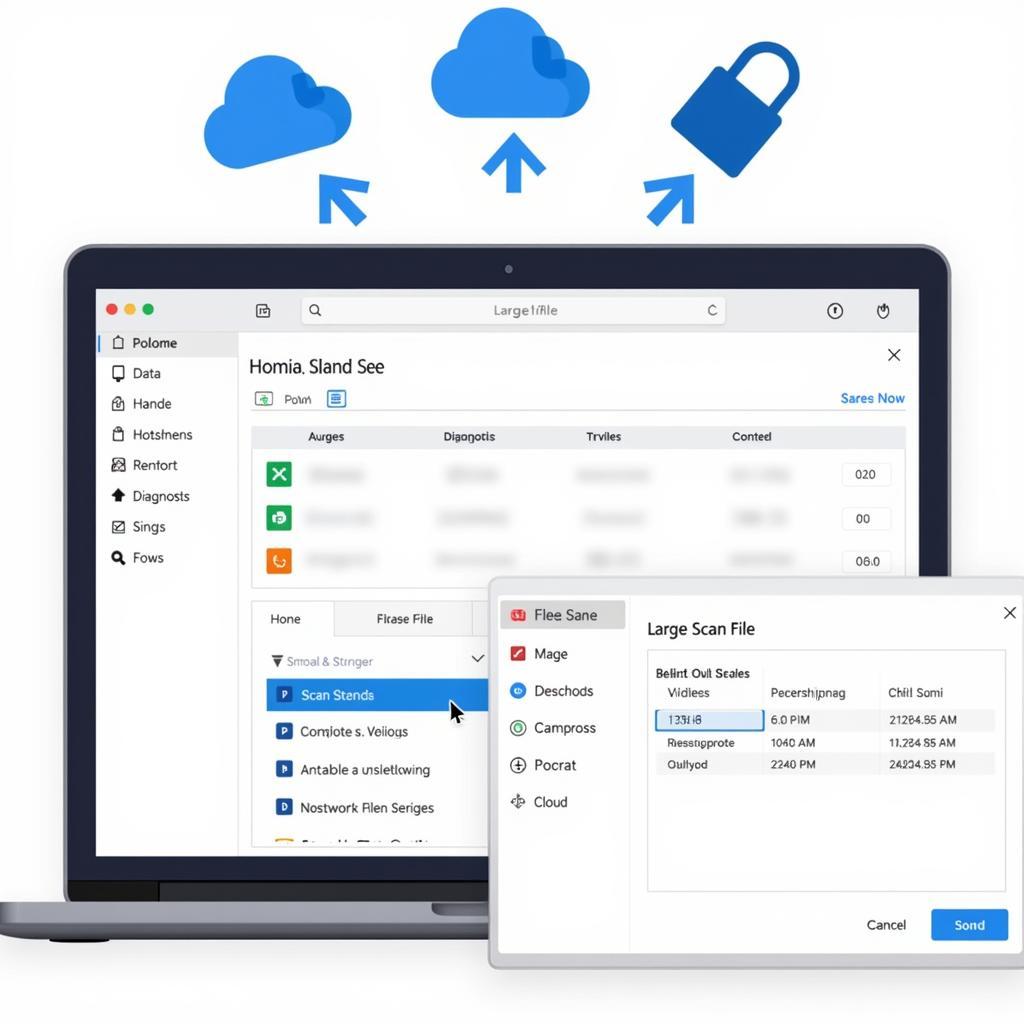Are you encountering the dreaded P0016 and/or P0017 error codes on your 2006 Mercedes E350? Don’t panic! These codes, while frustrating, often have relatively straightforward fixes. This guide will walk you through identifying the causes, understanding the symptoms, and performing DIY solutions for these common Mercedes issues.
Understanding the Problem: P0016 and P0017 Codes
In simple terms, these codes indicate an issue with your engine’s timing.
- P0016 signifies a problem with the Crankshaft Position Sensor (CKP) and Camshaft Position Sensor (CMP) relationship on Bank 1 (where cylinder #1 is located).
- P0017 points to the same issue but on Bank 2.
Essentially, your engine’s computer isn’t seeing the crankshaft and camshaft positions aligning as they should, impacting performance and potentially causing damage if ignored.
 Crankshaft and Camshaft Position Sensor
Crankshaft and Camshaft Position Sensor
Recognizing the Symptoms
Beyond the check engine light, you might experience:
- Rough idling or engine stalling
- Decreased fuel efficiency
- Lack of power, especially during acceleration
- Engine making a rattling noise
 Check Engine Light On Car Dashboard
Check Engine Light On Car Dashboard
Gathering Your Tools
Before starting, ensure you have:
- OBD2 Scanner: To read and clear the codes.
- Socket set: For removing covers and sensors.
- Replacement Sensors (if needed): CKP and CMP sensors.
- Engine oil: You might need to top up after some fixes.
 OBD2 Scanner and Tools for Car Repair
OBD2 Scanner and Tools for Car Repair
Step-by-Step Troubleshooting and Repair
-
Check the Easy Stuff First:
- Visual Inspection: Inspect the wiring and connectors leading to the crankshaft and camshaft sensors for any damage, loose connections, or corrosion. Address these issues as needed.
- Oil Change: Dirty oil or low oil levels can trigger these codes. If you’re due for an oil change or your oil level is low, address this before proceeding.
-
Testing and Replacing Sensors:
- Crankshaft Position Sensor (CKP): Locate the CKP sensor, usually near the crankshaft pulley. Disconnect the electrical connector and carefully remove the sensor. If it’s damaged or excessively oily, replace it.
- Camshaft Position Sensor (CMP): The CMP sensor is typically located on the cylinder head. Repeat the process of disconnecting, inspecting, and replacing if necessary.
-
Advanced Diagnostics (If Necessary):
- Timing Chain/Belt: In some cases, a stretched or worn timing chain/belt can throw off the timing. This requires more involved repair and is best handled by a qualified mechanic.
- Variable Valve Timing (VVT) System: Problems within the VVT system (solenoids, actuators) can also cause timing issues. Diagnosis often requires specialized tools and expertise.
FAQs
Q: Can I drive my car with the P0016 or P0017 codes?
A: It’s not recommended. While driving short distances might be possible, continuing to drive with these codes can lead to further engine damage and decreased fuel efficiency.
Q: How much does it cost to fix the P0016 or P0017 codes?
A: Costs vary depending on the root cause and whether you DIY or go to a mechanic. Sensor replacements can range from $100 to $300 in parts, while timing chain/belt repairs are significantly more expensive, potentially exceeding $1000.
Q: Can diagnostic software like Cardiagtech help pinpoint the issue?
A: Absolutely! CARDIAGTECH and other advanced OBD2 scanners can provide more in-depth data beyond generic codes, potentially helping you isolate the problem to a specific sensor or component. This can save you time and money on unnecessary repairs.
Q: I replaced the sensors, but the codes returned. What now?
A: This suggests a more complex issue, such as a wiring problem, faulty timing components, or an issue with the VVT system. It’s best to consult a qualified mechanic for further diagnosis and repair.
Conclusion
While encountering the P0016 or P0017 codes in your 2006 Mercedes E350 can be concerning, understanding the potential causes and following these troubleshooting steps can often lead to a straightforward DIY fix. However, don’t hesitate to seek professional help from a qualified mechanic if you encounter more complex issues or are uncomfortable performing the repairs yourself. Regular maintenance and prompt attention to warning signs will help keep your Mercedes running smoothly for miles to come.

